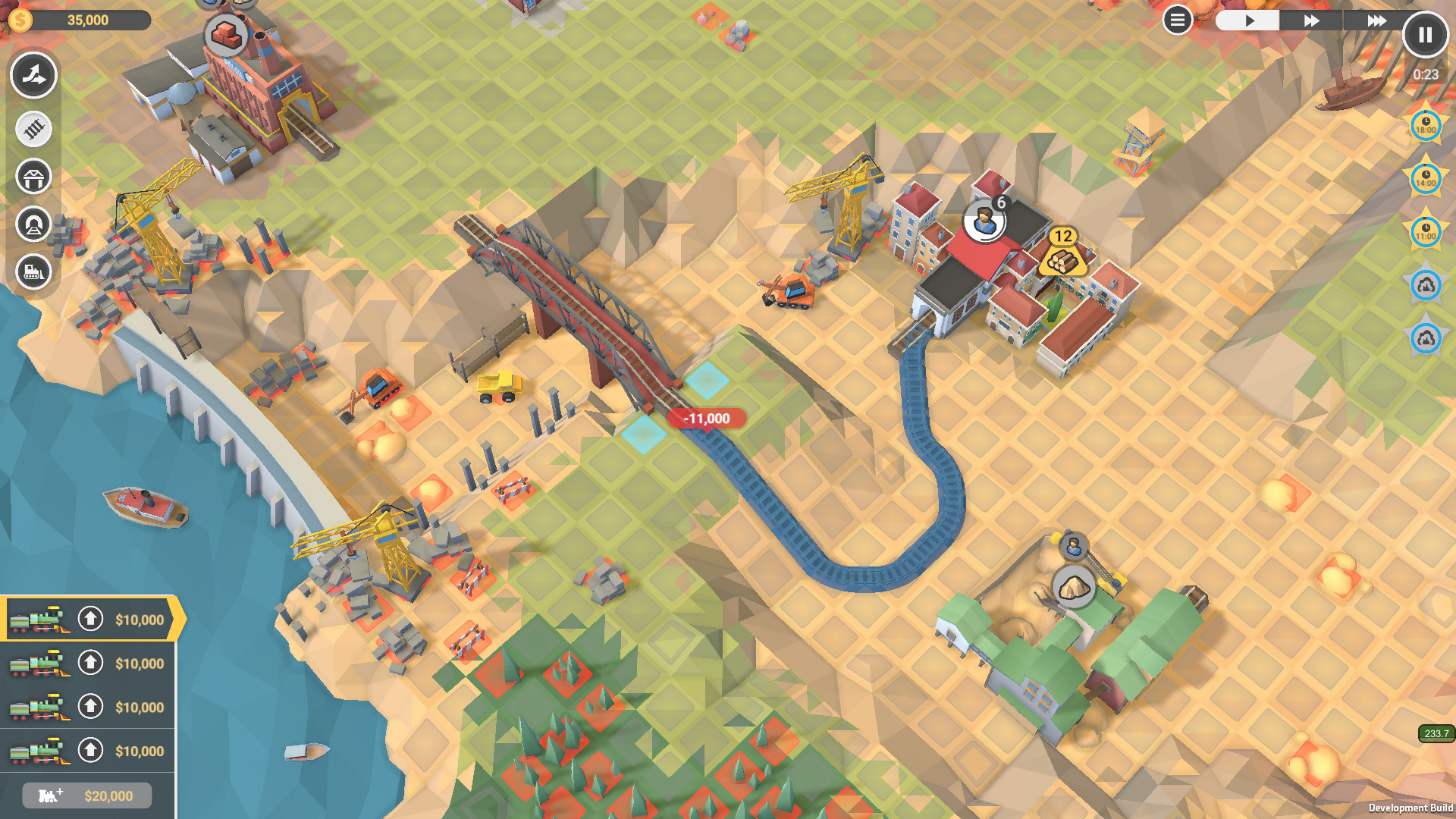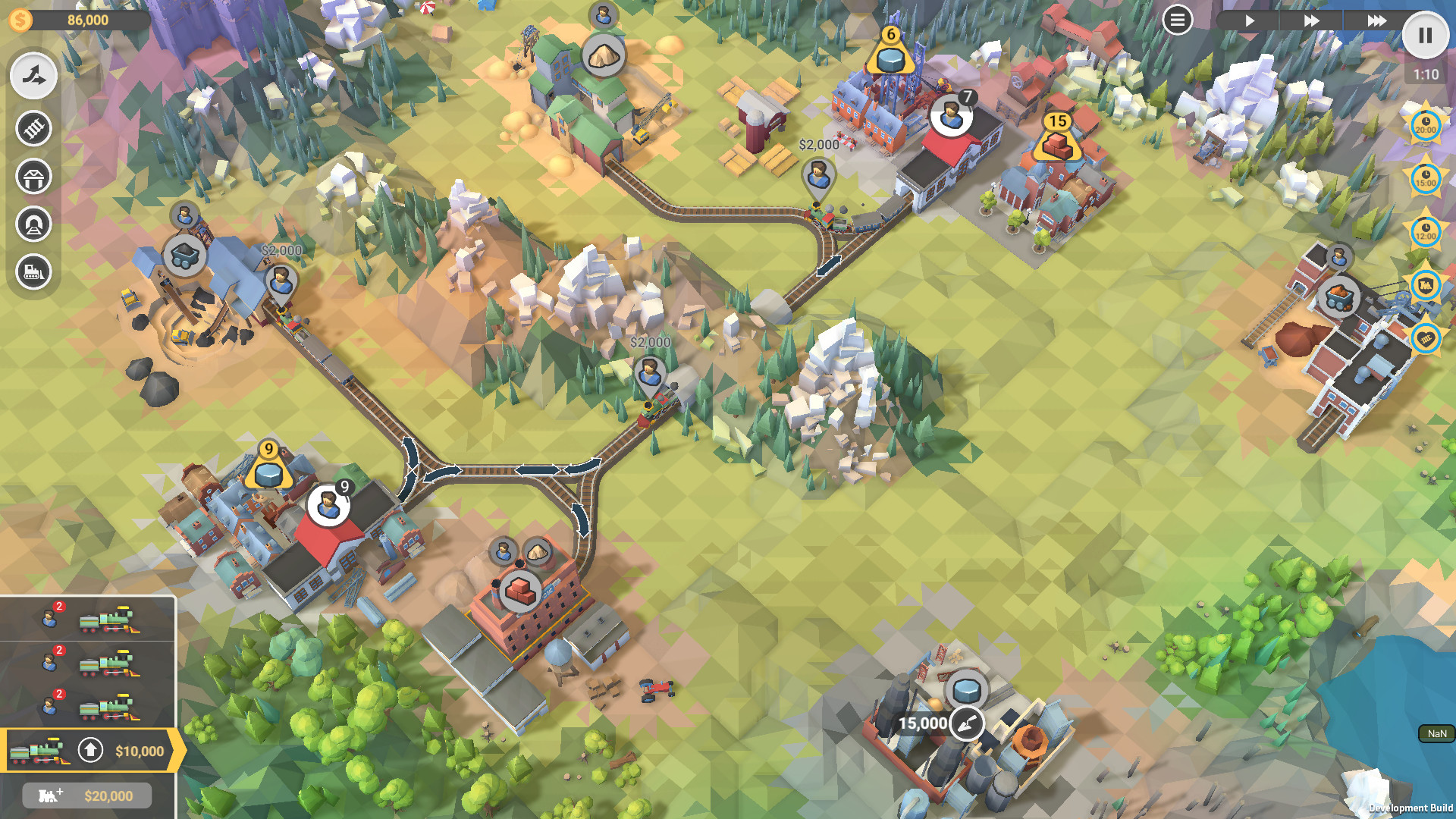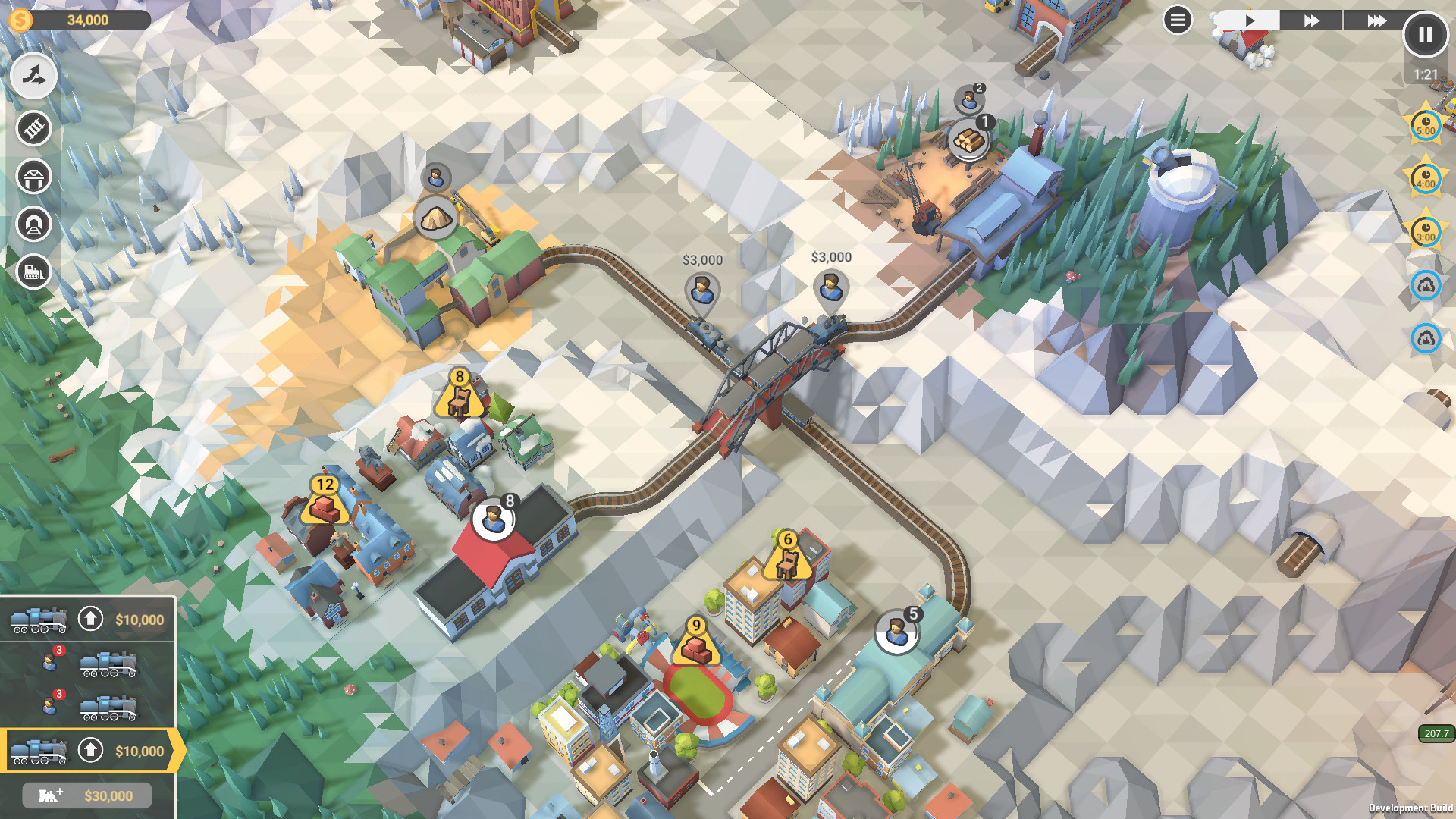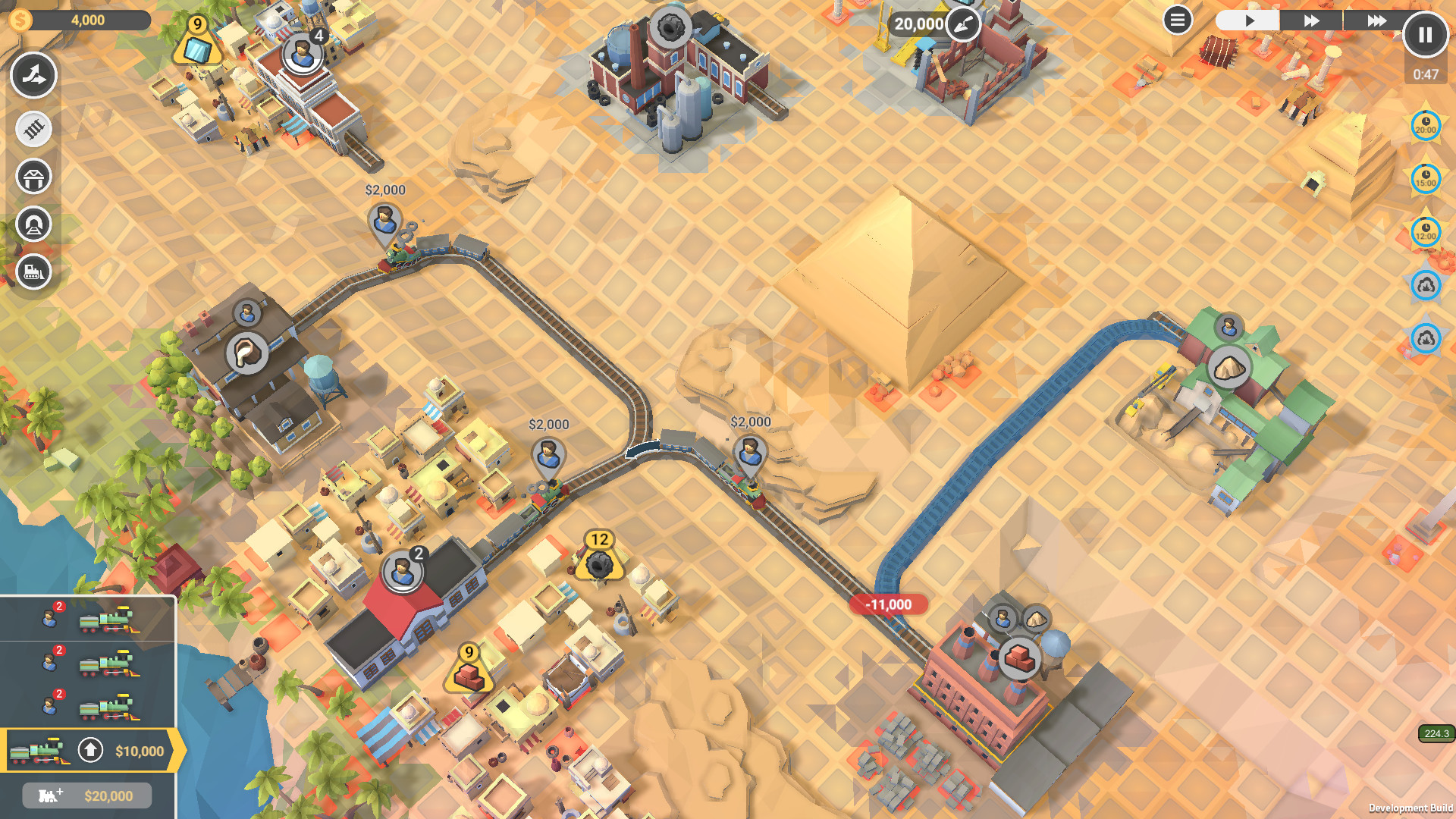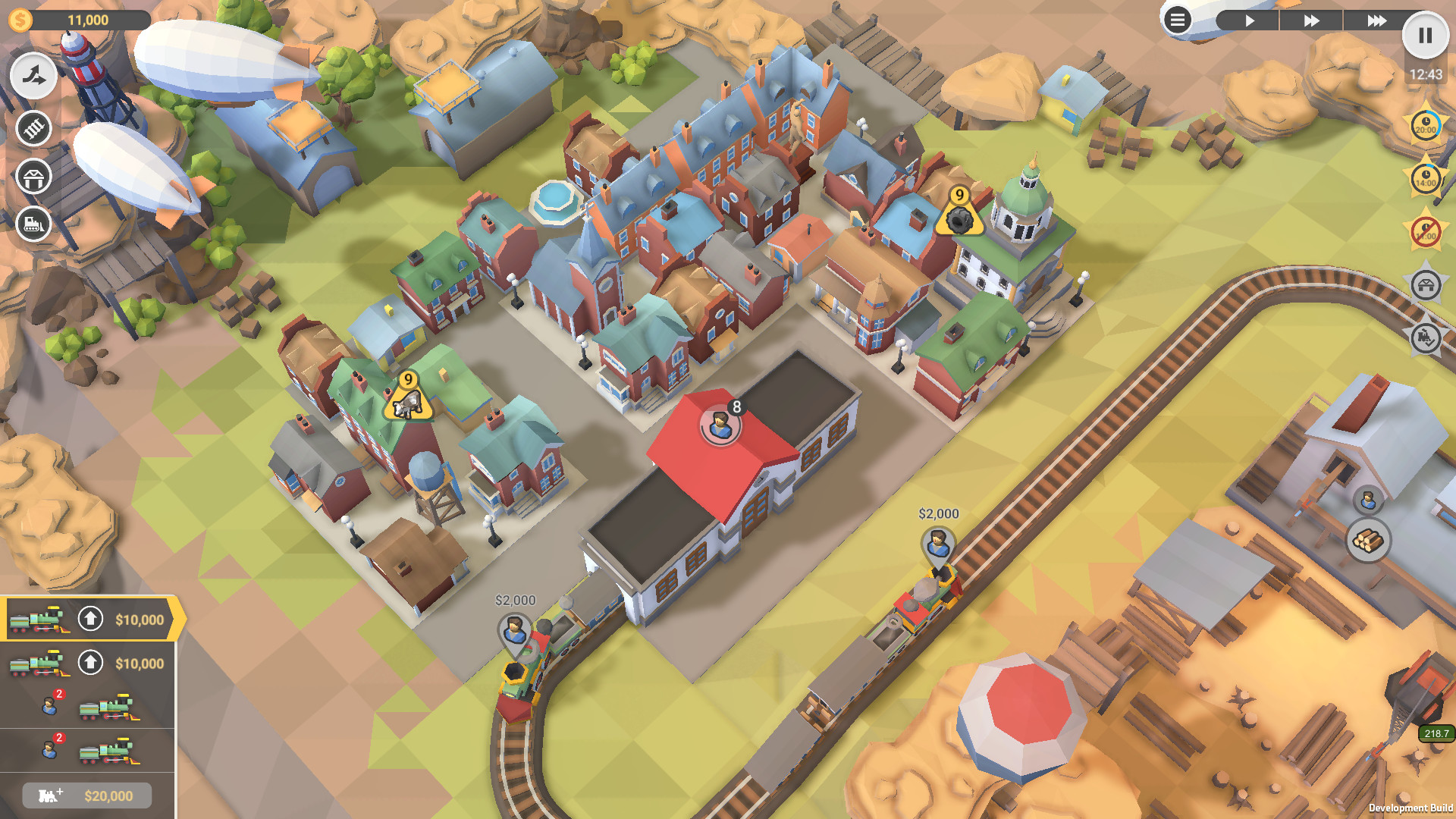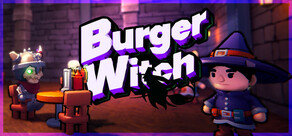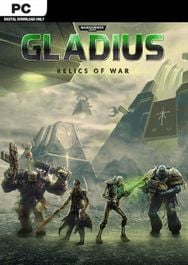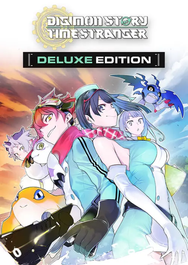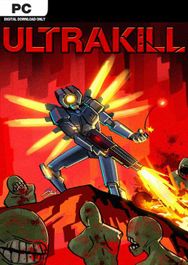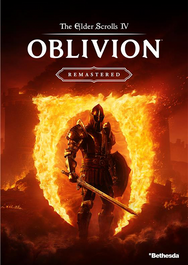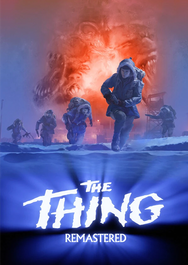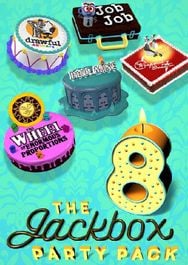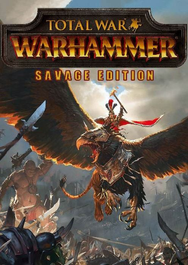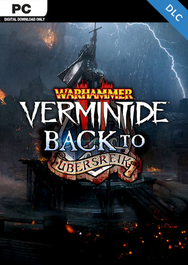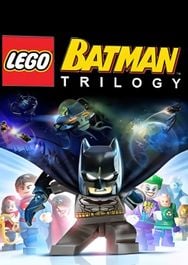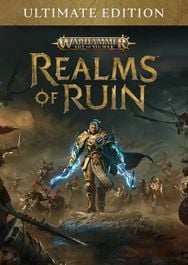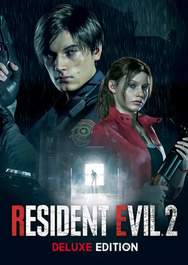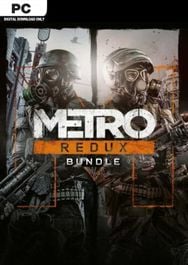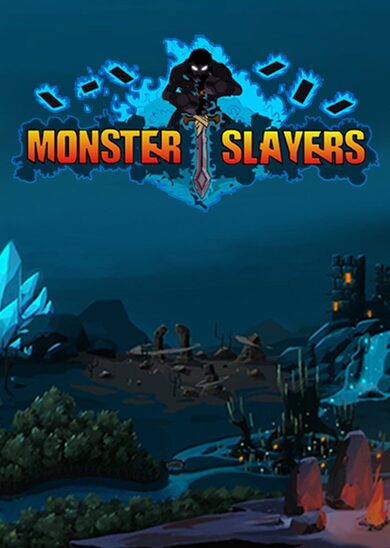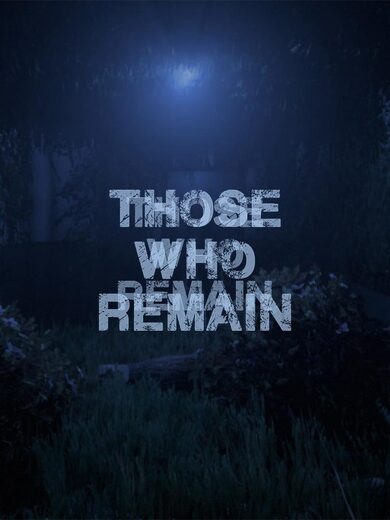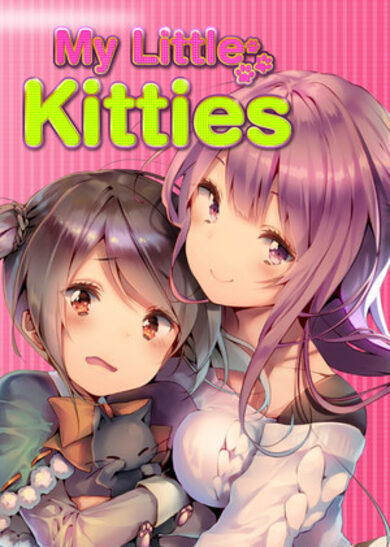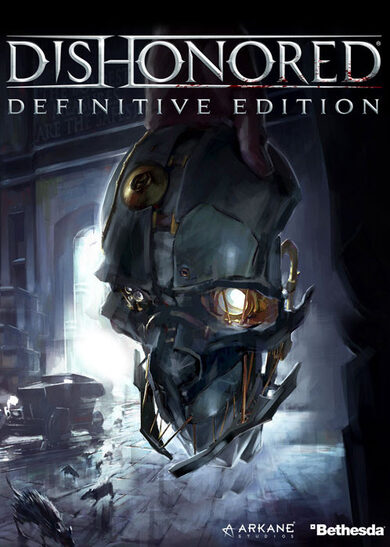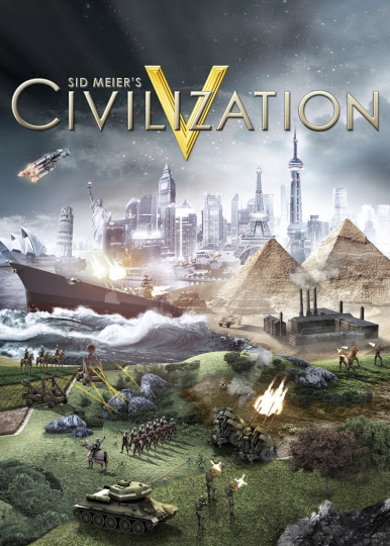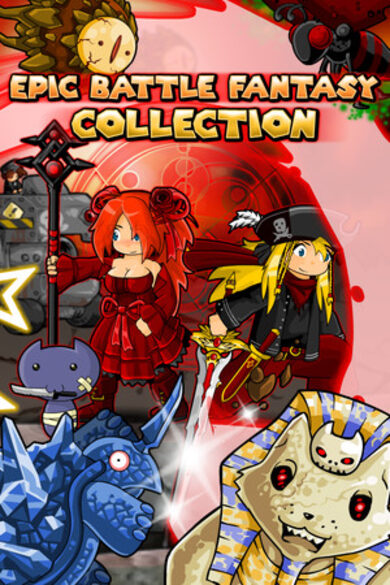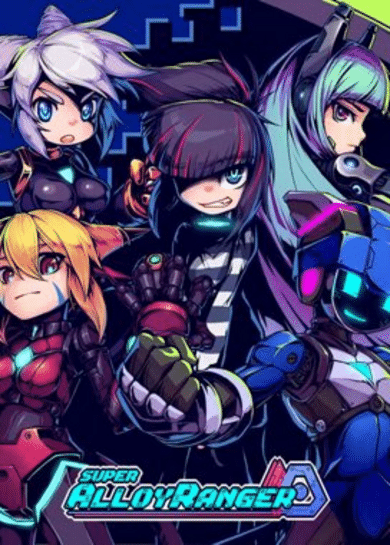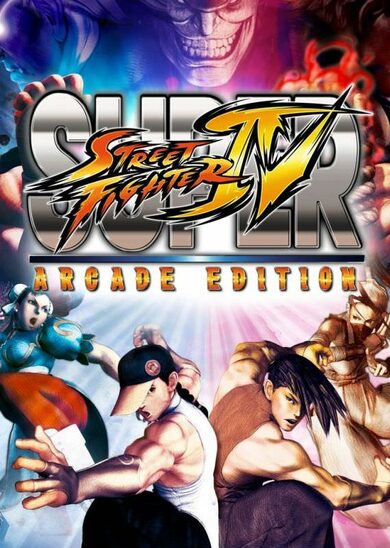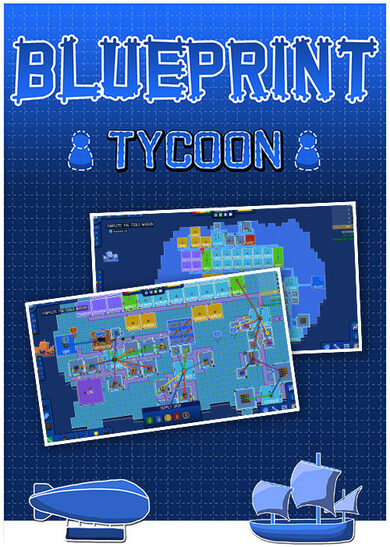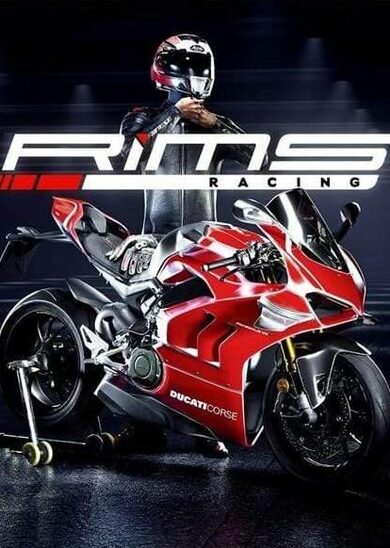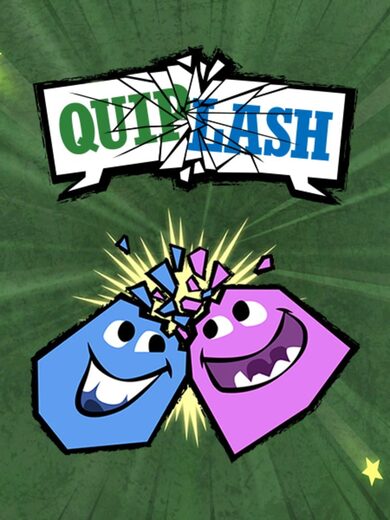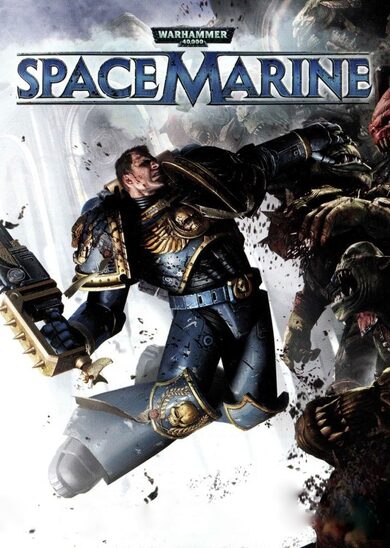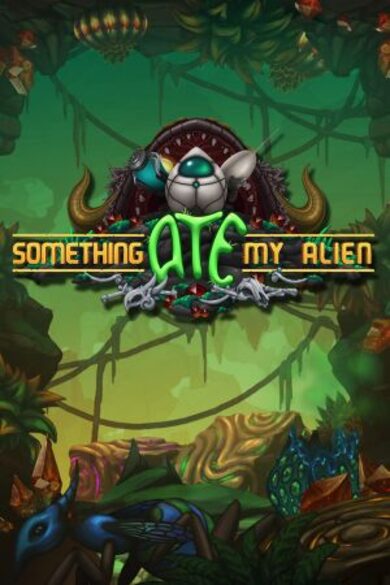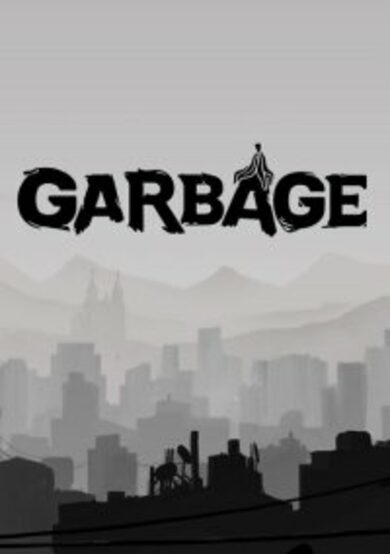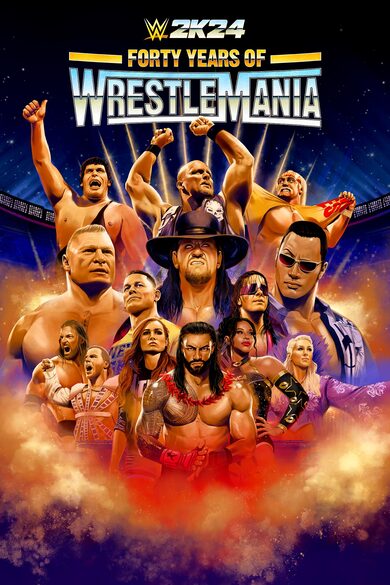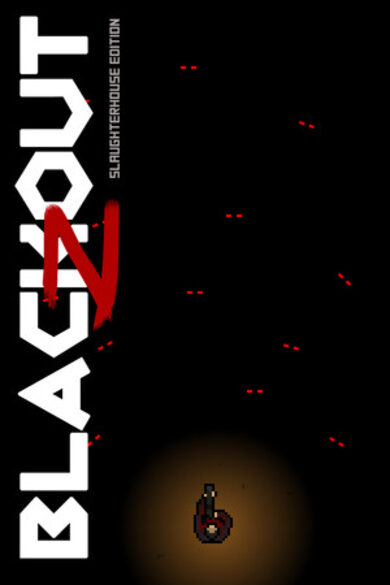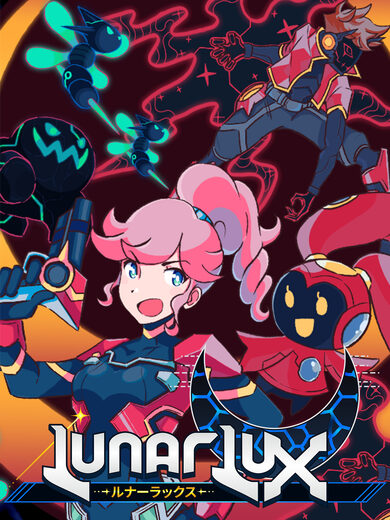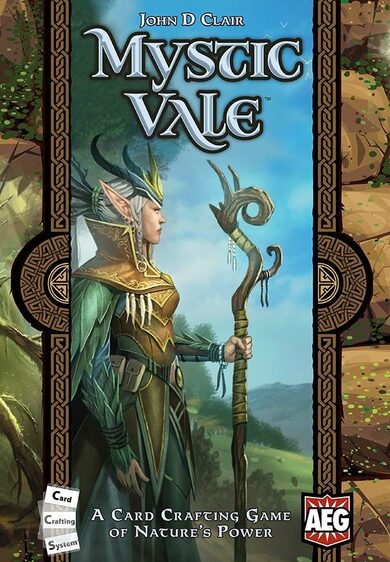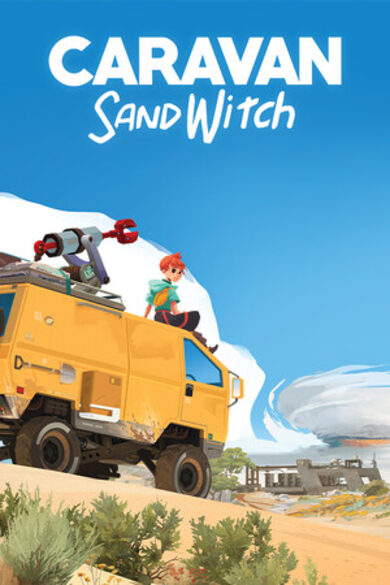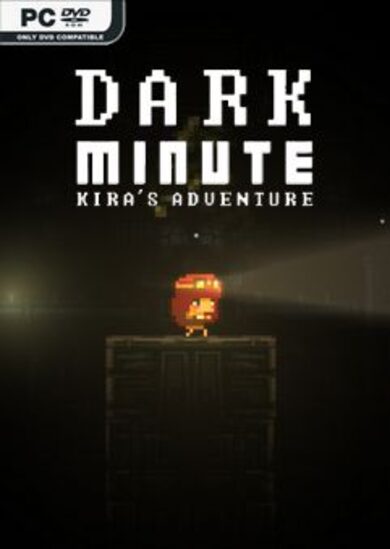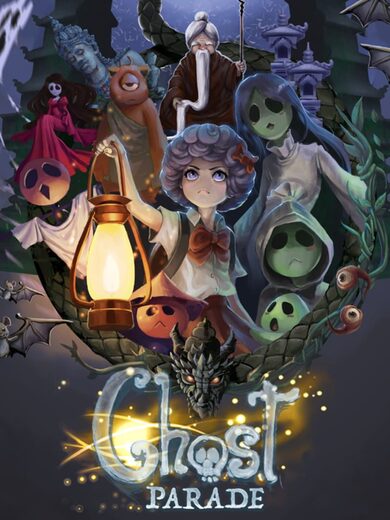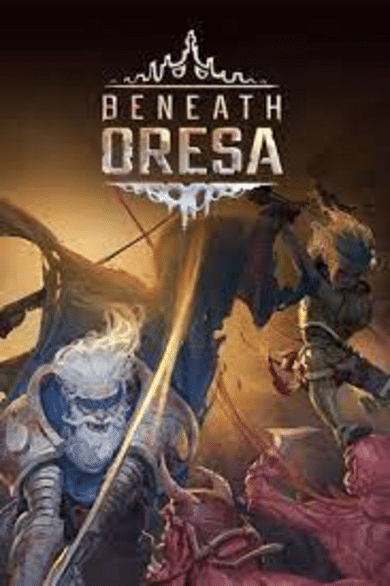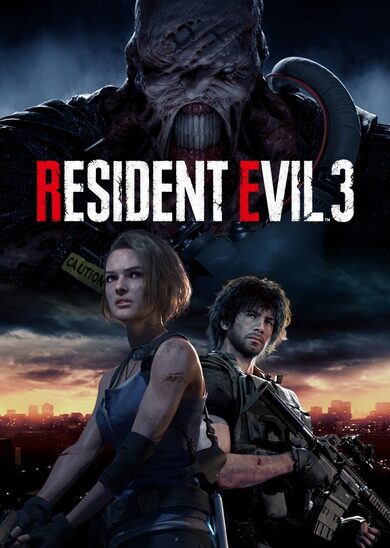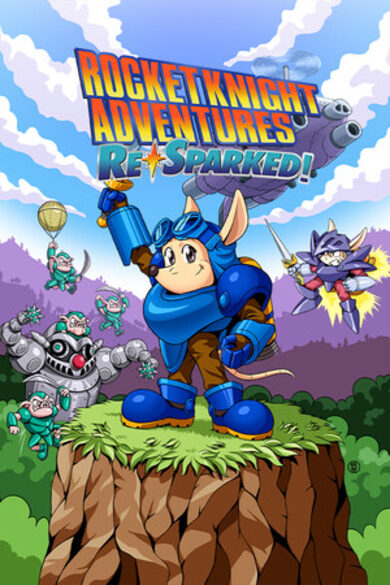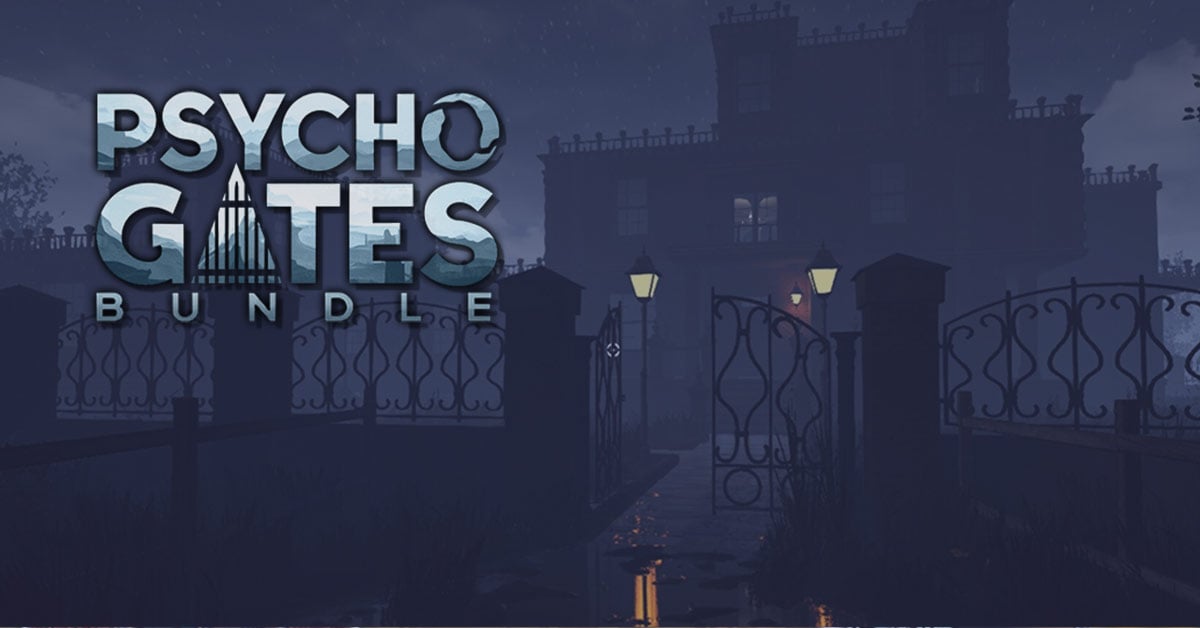Train Valley 2 is a train tycoon puzzle game. Take your railroad company from the days of the Industrial Revolution and into the future, meeting the needs of the valley's cities and industries. Build railroads, upgrade your locomotives, and keep your trains on schedule without delays or accidents. All aboard — the train is leaving the station!

Enjoy engaging and addictive gameplay, combining puzzle micromanagement with tycoon elements.

Discover the history of railroads in elegant low-poly graphics!

Keep your trains running on schedule across 50 levels in Company Mode (*the Early Access version currently offers 20).

Upgrade your stock of locomotives and acquire advanced engines, with 18 models to unlock (*the Early Access version currently features 4).

Produce and ship increasingly sophisticated goods in more than 35 types of train cars (*the Early Access version currently offers 21).

Jump into our Level Editor with Steam Workshop integration and create your own Valleys - or play levels from other players!

Create your own mods with custom locomotives, train cars, industries, and resources from your favorite time or universe.

Enjoy engaging and addictive gameplay, combining puzzle micromanagement with tycoon elements.

Discover the history of railroads in elegant low-poly graphics!

Keep your trains running on schedule across 50 levels in Company Mode (*the Early Access version currently offers 20).

Upgrade your stock of locomotives and acquire advanced engines, with 18 models to unlock (*the Early Access version currently features 4).

Produce and ship increasingly sophisticated goods in more than 35 types of train cars (*the Early Access version currently offers 21).

Jump into our Level Editor with Steam Workshop integration and create your own Valleys - or play levels from other players!

Create your own mods with custom locomotives, train cars, industries, and resources from your favorite time or universe.
Locomotives 2-2 and 2-3
Well, it wasnt that easy, to be fair. It took them six years to come up with two working prototypes, and then a year of tests before it started full-scale production. These two prototypes were used to transport cattle trains to Berlin, and that got these engines the moniker of the Ochsenloks: the Oxen Locos. They were relatively cheap and easy to manufacture, thanks to the design principle of Einheitsdampflokomotive: a standardization process that started in the 20s when the newly-founded DRG decided to fix the mess that was its fleet, with more than 210 types of steam engines. If you ever struggle with Train Valley 2, just think of the engineers who had to manage that many trains!
 (Photo from Wikipedia )
(Photo from Wikipedia )
Thanks to this strive for standardization, every single locomotive manufacturer in German participated in building the DRB Class 41 and that allowed them to manufacture a lot of engines comparatively fast. The start of the Second World War reduced the interest in fast goods train locomotives so much that by 1941 they stopped building them but in those three years, 366 Class 41 were produced. After the war, two-thirds of these engines went to West Germany and one third to the East, with some odd ones sent to Poland, Czechoslovakia, and the USSR.
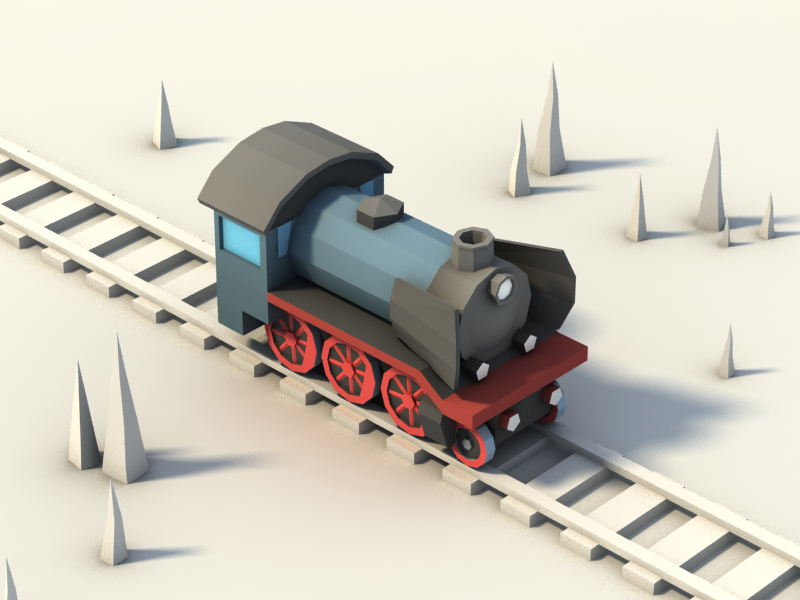
The in-game version of the Ochsenlok is easily recognizable for following the principles of the Einheitslokomotiven, with its iconic large Wagner smoke deflector, its black locomotive frame and red wheels, and long boiler with a short chimney. Looks powerful enough to take some cattle in record time to Berlin, right? It needs a name, mind you send us your best ideas!
By the early 40s the Soviet passenger fleet consisted mainly of engines of the class Su 2-6-2, designed two decades before, which were reliable but not powerful enough for long passenger trains. Then they were substituted by the class IS (named after Iosef Stalin), powerful but with a higher axle loading that made it incompatible with a lot of lines. When the Second World War ended and the Soviet economy recovered, the passenger traffic increased, which convinced the authorities that the USSR railroad network needed a new engine class for its passenger trains.
 (Photo from Wikipedia )
(Photo from Wikipedia )
After some different proposals, the first prototype of the P36 was built in 1950 and tested thoroughly at the outskirts of Moscow. The machine was powerful, fast, and efficient; after some more prototypes and a few tweaks, the P36 started its mass production until, just three years later, the 20th Communist Party Congress decided to stop steam locomotive construction and switch for electric and diesel-electric locomotives. On June 29, 1956, a P36 with the serial number 10420 left the workshop with a sign written on its smokebox door: 1869 - 10420 - 1956 Last steam locomotive built by Kolomna Works. It was the last steam locomotive built in the Soviet Union but it would be in active service with stakhanovist determination until 1974.
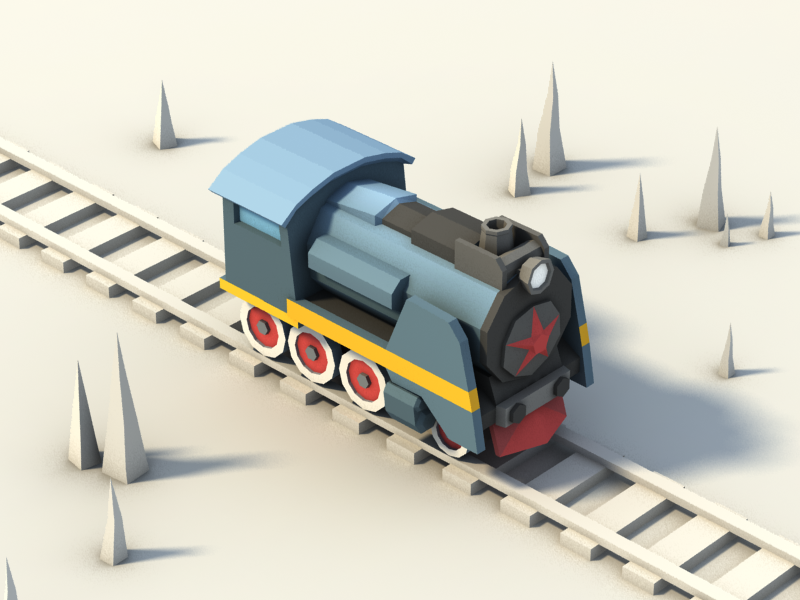
And heres our in-game version of the P36. You can see the iconic stripe, the red star on its front, and the red plow and wheels. Our locomotive is blue instead of green (we need to keep one color for all the locos in the generation), but it shows similar sleek and futuristic lines. This machine surely commands respect!
Thats all for today! See you soon in the next entry of our history of locomotives, where we will jump to a new era of the history of the railroad.
---- tvhook Train Valley 2 Discord Server .
tv2computer Our Twitter .
Good day, friends, and welcome to our series of historical blogs about the history of locomotives! In the last post , we traveled to the Far East to discover the D51, a wonderful Japanese locomotive from what we call the Silver Steam Era. You can check the previous entries of this series here and here . Today, we go back to Europe to discover two very iconic locomotives from Germany and Russia and their in-game counterparts. Passengers aboard, were leaving the station!
The DRB Class 41: the Ochsenlok
Back in 1931, the Deutsche Reichsbahn-Gesellschaft (the German National Railway) started looking for a new, more powerful locomotive that could substitute the Prussian ones (like the P8 we already talked about), about to be withdrawn by then, as a fast goods train locomotive. They were looking for a 2-8-0 wheel configuration (two leading wheels, eight powered wheels) capable of moving around 18 tons of axle load. The German manufacturer of locomotives Berliner Maschinenbau offered them a different design, a 2-8-2, that could achieve that performance with more ease. The DRG approved it, and thus the DRB Class 41 was born.Well, it wasnt that easy, to be fair. It took them six years to come up with two working prototypes, and then a year of tests before it started full-scale production. These two prototypes were used to transport cattle trains to Berlin, and that got these engines the moniker of the Ochsenloks: the Oxen Locos. They were relatively cheap and easy to manufacture, thanks to the design principle of Einheitsdampflokomotive: a standardization process that started in the 20s when the newly-founded DRG decided to fix the mess that was its fleet, with more than 210 types of steam engines. If you ever struggle with Train Valley 2, just think of the engineers who had to manage that many trains!
 (Photo from Wikipedia )
(Photo from Wikipedia )Thanks to this strive for standardization, every single locomotive manufacturer in German participated in building the DRB Class 41 and that allowed them to manufacture a lot of engines comparatively fast. The start of the Second World War reduced the interest in fast goods train locomotives so much that by 1941 they stopped building them but in those three years, 366 Class 41 were produced. After the war, two-thirds of these engines went to West Germany and one third to the East, with some odd ones sent to Poland, Czechoslovakia, and the USSR.

The in-game version of the Ochsenlok is easily recognizable for following the principles of the Einheitslokomotiven, with its iconic large Wagner smoke deflector, its black locomotive frame and red wheels, and long boiler with a short chimney. Looks powerful enough to take some cattle in record time to Berlin, right? It needs a name, mind you send us your best ideas!
The P36: the General
From Germany, we hop on a train (of course) on its way to the USSR during the 50s to discover the Soviet passenger steam locomotive class P36. The last mainline steam locomotive built in Russia, the General (a nickname that it got thanks to the gold stripe down its side which reminded of the decorations on a generals shoulder) was a powerful 4-8-4: four leading wheels, eight powered and coupled driving wheels, and four trailing wheels.By the early 40s the Soviet passenger fleet consisted mainly of engines of the class Su 2-6-2, designed two decades before, which were reliable but not powerful enough for long passenger trains. Then they were substituted by the class IS (named after Iosef Stalin), powerful but with a higher axle loading that made it incompatible with a lot of lines. When the Second World War ended and the Soviet economy recovered, the passenger traffic increased, which convinced the authorities that the USSR railroad network needed a new engine class for its passenger trains.
 (Photo from Wikipedia )
(Photo from Wikipedia )After some different proposals, the first prototype of the P36 was built in 1950 and tested thoroughly at the outskirts of Moscow. The machine was powerful, fast, and efficient; after some more prototypes and a few tweaks, the P36 started its mass production until, just three years later, the 20th Communist Party Congress decided to stop steam locomotive construction and switch for electric and diesel-electric locomotives. On June 29, 1956, a P36 with the serial number 10420 left the workshop with a sign written on its smokebox door: 1869 - 10420 - 1956 Last steam locomotive built by Kolomna Works. It was the last steam locomotive built in the Soviet Union but it would be in active service with stakhanovist determination until 1974.

And heres our in-game version of the P36. You can see the iconic stripe, the red star on its front, and the red plow and wheels. Our locomotive is blue instead of green (we need to keep one color for all the locos in the generation), but it shows similar sleek and futuristic lines. This machine surely commands respect!
Thats all for today! See you soon in the next entry of our history of locomotives, where we will jump to a new era of the history of the railroad.
---- tvhook Train Valley 2 Discord Server .
tv2computer Our Twitter .
[ 2019-02-24 20:12:04 CET ] [Original Post]
Minimum Setup
- OS: Ubuntu 12.04+ or SteamOS+
- Processor: 2.2 GHz CPUMemory: 2 GB RAM
- Memory: 2 GB RAM
- Graphics: ATI Radeon HD 2400 or NVIDIA GeForce 7600
- Storage: 1 GB available space
Recommended Setup
- OS: Ubuntu 12.04+ or SteamOS+
- Processor: 2.2 GHz CPUMemory: 4 GB RAM
- Graphics: NVIDIA GeForce GTX1050 Ti or higher
- Storage: 1 GB available space
GAMEBILLET
[ 6358 ]
FANATICAL
[ 6590 ]
GAMERSGATE
[ 3185 ]
MacGameStore
[ 2507 ]
INDIEGALA
[ 1655 ]
LOADED
[ 1040 ]
ENEBA
[ 32822 ]
Green Man Gaming Deals
[ 883 ]
AllKeyShop
[ 45613 ]
YUPLAY
[ 6040 ]
Gamivo
[ 15278 ]
FANATICAL BUNDLES
GMG BUNDLES
HUMBLE BUNDLES
INDIEGALA BUNDLES
by buying games/dlcs from affiliate links you are supporting tuxDB

